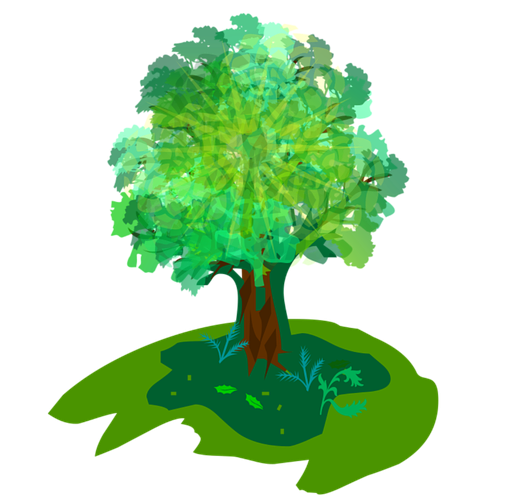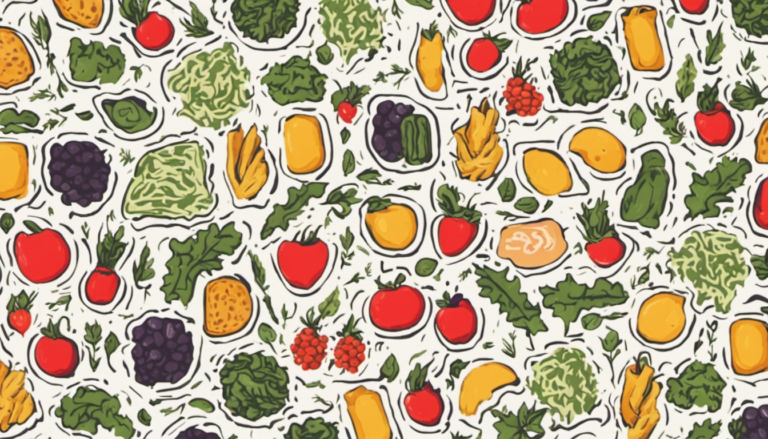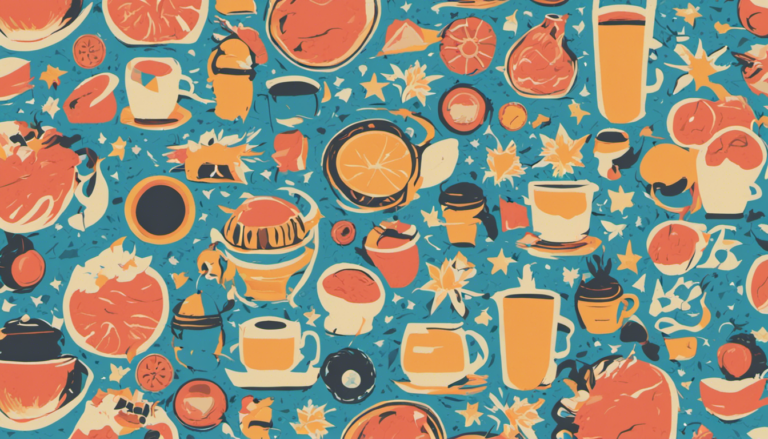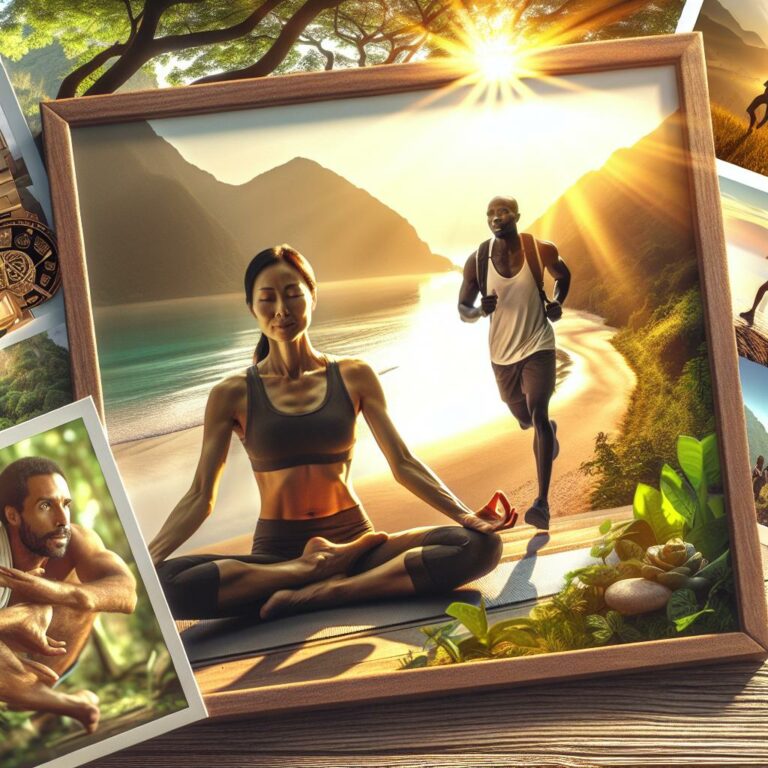Unveiling Healing: Exploring Acupuncture, Reiki, and Beyond
Unraveling the ancient threads of wisdom, we journey into the enchanting world of holistic healing. In the whispers of the wind or the silence of still waters, humanity has always found ways to soothe its wounds and heal its pains. We’ve gazed upon celestial bodies for answers, sought solace in nature’s bountiful remedies and unlocked the mysterious pathways of energy within our own bodies. On this voyage, we will delve into the timeless realms of Acupuncture and Reiki, whilst daring to venture beyond the horizon of the known, exploring a labyrinth of therapeutic practices that illuminate the crisscrossing junctions of wellness, spirituality, and science. Prepare to embark on a fascinating exploration, an unveiling of healing that transcends generations and continents.
Table of Contents
- Unraveling the World of Acupuncture: Key Insights and Expert Techniques
- Understanding Reiki: The Power of Energy Healing for Physical and Emotional Well-being
- Beyond the Western Lens: Exploring Global Alternative Healing Methods
- Empowering Your Healing Journey: Practical Recommendations for Embracing Alternative Therapies
- Q&A
- Key Takeaways
Unraveling the World of Acupuncture: Key Insights and Expert Techniques
For thousands of years, human beings have sought to unravel the mysteries of the human body, resulting in the development of countless subareas of traditional and alternative medicine. Among these, acupuncture has always held a significant place with roots deeply entwined with ancient Chinese philosophy. It revolves around the central idea of a life-giving energy or ‘Qi‘ that flows in our body through a network of ‘meridians’. These channels serve as pathways for Qi to nourish and animate the body. Acupuncture taps into these meridians, using needles to trigger points of energy stagnation, aiming to restore balance and promote healing.
Acupuncture is an art and science intertwined, honed through ages by skilled practitioners. Multiple techniques exist, each employing a different method to stimulate the Qi within our bodies. Some of these techniques include:
- Moxibustion: a type of heat therapy where dried plant substances (moxa) are burnt near or on the meridian points to invigorate the flow of Qi.
- Cupping: a therapeutic method where cups are set on the skin, creating a vacuum that stimulates blood flow and clears out congested Qi.
- Tui Na: a type of therapeutic massage to balance the energy pathways of the body.
The efficacy of these practices has crossed cultural and geographic boundaries, encouraging a wave of global interest in acupuncture.
Understanding Reiki: The Power of Energy Healing for Physical and Emotional Well-being
Many of us are in a constant search for holistic approaches to achieve physical and emotional wellbeing, often overlooking the power of healing energy treatments. One such treatment is the ancient practice of Reiki, a therapy that endeavors to balance energy within the body and promote self-healing. Emerging from Japan, Reiki is based on the concept that an unseen "life force energy" flows through us and is the driving source of life. If one’s energy is low, we are more prone to illness or stress, but if it is high, we are more capable of being happy and healthy.
Understanding how Reiki works can be the key to unlock numerous health benefits. The process of Reiki healing is a simple and safe method of spiritual healing and self-improvement that everyone can use. It involves the transfer of universal energy from the practitioner’s palms to their patient. The therapy aims to rid the body of any energetical disruptions that can lead to physical or emotional distress. Its benefits include, but are not limited to:
- Reduced stress and anxiety
- Enhanced emotional clarity
- Strengthened immune system
- Improved sleep patterns
- Promotion of deep relaxation
Reiki is a gentle yet powerful conduit for healing energy, providing holistic improvement for all aspects of human health and wellbeing. It can serve as an enriching addition to any health and wellness regimen.
Beyond the Western Lens: Exploring Global Alternative Healing Methods
In many corners of the world, beyond the reaches of western medicine, there exists an array of healing methods that have stood the test of time and continue to thrive till this day. These practices are deeply steeped in the cultural realms of their origin and carry an aura of mystique, anxiety, skepticism, and intrigue in the eyes of those unfamiliar with them. In this section, our journey weaves through the pathways of two such enchanting therapies – Acupuncture and Reiki.
Acupuncture wields the power of the needle, jabbing it into the skin at specific points to restore balance and heal the body. The technique dates back to ancient China, continuously honing its prowess over thousands of years. It is used to manage an array of health conditions ranging from migraines to arthritis, anxiety to depression, and more. Delving into the realm of energy healing we find Reiki. Flowing from the Japanese lexicon, Reiki means ‘Universal Life Energy’. Practitioners of Reiki believe in the existence of life force energy that flows within us. They view illness and disease as manifestations of blocked or unbalanced energy. A Reiki session involves placing hands lightly on or over the patient’s body to facilitate the flow of energy, assisting the body in healing itself. Thereby, rejuvenating not just the body, but also the mind and spirit.
- Acupuncture: ancient technique using needles to restore balance and heal the body
- Reiki: a form of energy healing that assists the body in healing itself by unblocking and balancing energy
Empowering Your Healing Journey: Practical Recommendations for Embracing Alternative Therapies
The power of alternative therapies is something that has been acknowledged by various cultures for centuries, and they are now being embraced more than ever as a compliment to traditional medicine. Acupuncture, Reiki and many other practices hold great potential in guiding your journey towards wellness. Recognising this potential and integrating such therapies into your life can propel your healing journey in ways that conventional medicine may not be able to.
Firstly, the ancient practice of Acupuncture works on directing the flow of energy or ‘Qi’ in your body through the placement of thin needles on specific points. Scientific studies suggest this therapy has potential benefits for reducing pain, promoting relaxation, and even in managing chronic conditions like arthritis and migraines. In this respect, acupuncture stretches beyond physical healing and taps into a calm centre within your being.
Secondly, Reiki, a Japanese technique for stress reduction and relaxation, also promotes healing. The practice of invigorating the invisible life force energy by ‘laying on hands’ is believed to create an environment that facilitates natural, holistic healing. It’s a tool for rebalancing, renewing, and rejuvenating your entire energy system. Here are a few benefits you can gain from Reiki:
- Improved physical health
- Stress reduction and emotional balance
- A strengthened immune system
- Promotes mental clarity and spiritual growth
Beyond these therapies, there are many other alternative therapies you can consider integrating into your wellness routine. Healing is not one size fits all, and it’s our duty as individuals to explore and discover what works best for us, in our pursuit of well-being. Be it Ayurveda, aromatherapy, homeopathy or meditation, alternate therapies offer a plethora of avenues to reclaim your health and live a vibrant, joyous life. Embrace this adventure, and empower your healing journey with alternative therapies.
Q&A
Q: What is the focus of the article “Unveiling Healing: Exploring Acupuncture, Reiki, and Beyond”?
A: This article is a deep dive into alternative healing therapies such as Acupuncture, Reiki and more. It seeks to shed light on the principles, processes and potential health benefits associated with these techniques.
Q: What kind of healing methods are explored in this article?
A: The focus is mainly on Acupuncture and Reiki, but the article also explores other alternative healing practices such as Ayurveda, homeopathy, herbal medicine, and energy healing techniques.
Q: What new insights can one expect to gather from the article?
A: Readers can expect to learn more about the history, principles, and benefits of these alternative therapies. The article also portrays different perspectives and evaluates both scientific evidence and anecdotal success stories.
Q: Does the article propose that these methods replace conventional medical treatment?
A: No, the article doesn’t suggest these methods replace conventional treatment. Instead, it examines how they can possibly be used as complementary therapies, contributing to holistic health and wellness.
Q: Are these healing practices considered safe?
A: The article explores the safety and limitations of each practice. It highlights the importance of seeking treatment from qualified practitioners and discusses situations where alternative therapies might not be recommended.
Q: Does the article contain information from verified sources or experts in the field?
A: Yes, the article goes beyond individual anecdotes and includes information and input from healthcare professionals, researchers, even practitioners of these respective therapies. It presents a balanced and well-researched perspective on these practices.
Q: Who is the intended audience of this article?
A: The article is meant for those with an interest in alternative therapies, holistic health, or those exploring additional methods to complement their current treatment plans. It’s also beneficial for open-minded healthcare professionals seeking to broaden their understanding.
Q: Does the article advocate one healing practice over the other?
A: No, the article objectively reviews each practice, determining its unique benefits and potential limitations. The aim is not to advocate a specific method, but to inform readers about the array of alternative healing methods available.
Key Takeaways
As we close the curtain on our exploration of these ancient healing techniques, we remain more interconnected than we could ever have imagined. We have journeyed through energy highways and clusters of an innate healing labyrinth – the human body. We have learned how acupuncture and Reiki, symbolic of the wisdom of the ages, have interwoven themselves into the fabric of modern medicine, bridging the gap between science and spirituality. We have trodden a path less-traveled, unveiling healing’s mystical frontiers beyond the terrain of conventional therapies. The key takeaway from this journey is an invitation to connect more deeply with yourself, nurturing your own inner healer. It propels us to transcend beyond the surface chatter of everyday perhaps, and keep an open mind for the radiant, energetical universe that pulsates within us all. As we continue to push the boundaries on our quest for optimal health and wellbeing, may we find solace in these ancient wisdom practices, and remember this voyage is not a destination, but an ongoing journey of discovery. And so, till we meet again, keep exploring, keep unveiling, and most importantly, keep healing.







